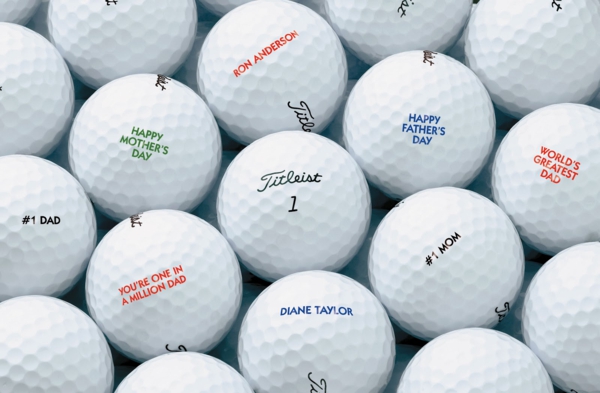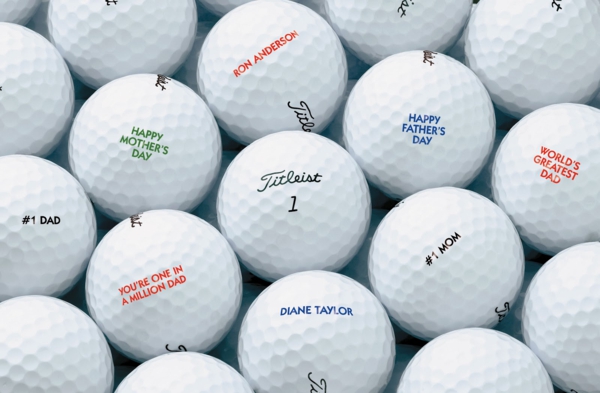Sports
Hot And Cold Golf Balls

Most experienced golfers today know that the more dimples a ball has, the higher it will travel. What most don’t know is that the temperature of the golf ball and the ambient temperature affect the performance of the ball as well. Air temperature causes changes in the ball’s resiliency and its spin, along with the density of the air it travels through.
Generally speaking, the warmer a golf ball is the farther it travels. This is because the rubber materials used to construct the balls function more efficiently and provide more resilience at higher temperatures. A warmer ball leaves the clubface with more velocity and more spin, encouraging greater loft. In addition, if the ball is warm when it lands, it carries more bounce because heat gives the ball more elasticity. Therefore, a warm ball bounces more and travels further.

The cooler the surrounding temperature, the denser the air is around the ball. If the air is dense, the ball needs more velocity to travel as far as it would in thinner or warmer air. So if the ambient temperature is warm, the air is less dense, which means the ball performs better. It’s not unlike the tires on race cars, where the higher the temperature, the stickier the tire, which means the car can go faster.
If you’re playing in cool weather, the ball’s compression ration makes a big difference in how far the ball will travel. For the most part, high compression golf balls will not travel as far as lower compression golf balls in cold conditions. And if it’s cold outside, and you store your balls in a cold place, the higher compression balls will harden. They become less resilient. This is a good time to break out the custom golf balls.
When choosing a golf ball, one has to factor in the location in which they are playing, the spin rate, and the ball diameter and weight. Each of these factors must be up to code; meaning that the diameter must be at least 1.680 inches and the weight must not exceed 1.620 ounces as defined by the PGA “Rules of Golf.” Your custom ball manufacturer and personal preference determine the spin rate. Now that you have your custom golf balls, you can’t forget all of your clubs.
If you’re playing in cold weather, you’ll benefit from using more clubs than you would on a warmer day. In fact, for every 10 degree drop in temperature, count on about two yards of lost distance. So if you’re using an 8-iron in warm weather, you might need to use a 7-iron in cold weather to hit the ball the same distance.
Some manufacturers actually make devices that can warm your golf ball – kind of like race car tire heaters – and make it travel farther. At least that is the theory. There are plug-in units that electrically heat golf balls. Others on the market are containers that you can use in the microwave. You put your golf balls in the container, then pop the whole thing into the microwave and nuke it. There is some debate about whether ball-warmers really work or not, because the balls only hold the heat for about thirty minutes.
Your best bet is to just move to Hawaii, where it’s warm most of the year so you don’t have to worry about golf ball performance. You just have to worry about your tendency to slice.
This article was written by Randy Radic.
-

 Tech11 years ago
Tech11 years agoCreating An e-Commerce Website
-

 Tech11 years ago
Tech11 years agoDesign Template Guidelines For Mobile Apps
-

 Business6 years ago
Business6 years agoWhat Is AdsSupply? A Comprehensive Review
-

 Business10 years ago
Business10 years agoThe Key Types Of Brochure Printing Services
-

 Tech8 years ago
Tech8 years agoWhen To Send Your Bulk Messages?
-

 Tech5 years ago
Tech5 years ago5 Link Building Strategies You Can Apply For Local SEO
-

 Law5 years ago
Law5 years agoHow Can A Divorce Lawyer Help You Get Through Divorce?
-

 Home Improvement6 years ago
Home Improvement6 years agoHоw tо Kеер Antѕ Out оf Yоur Kitсhеn































